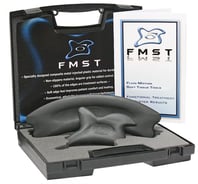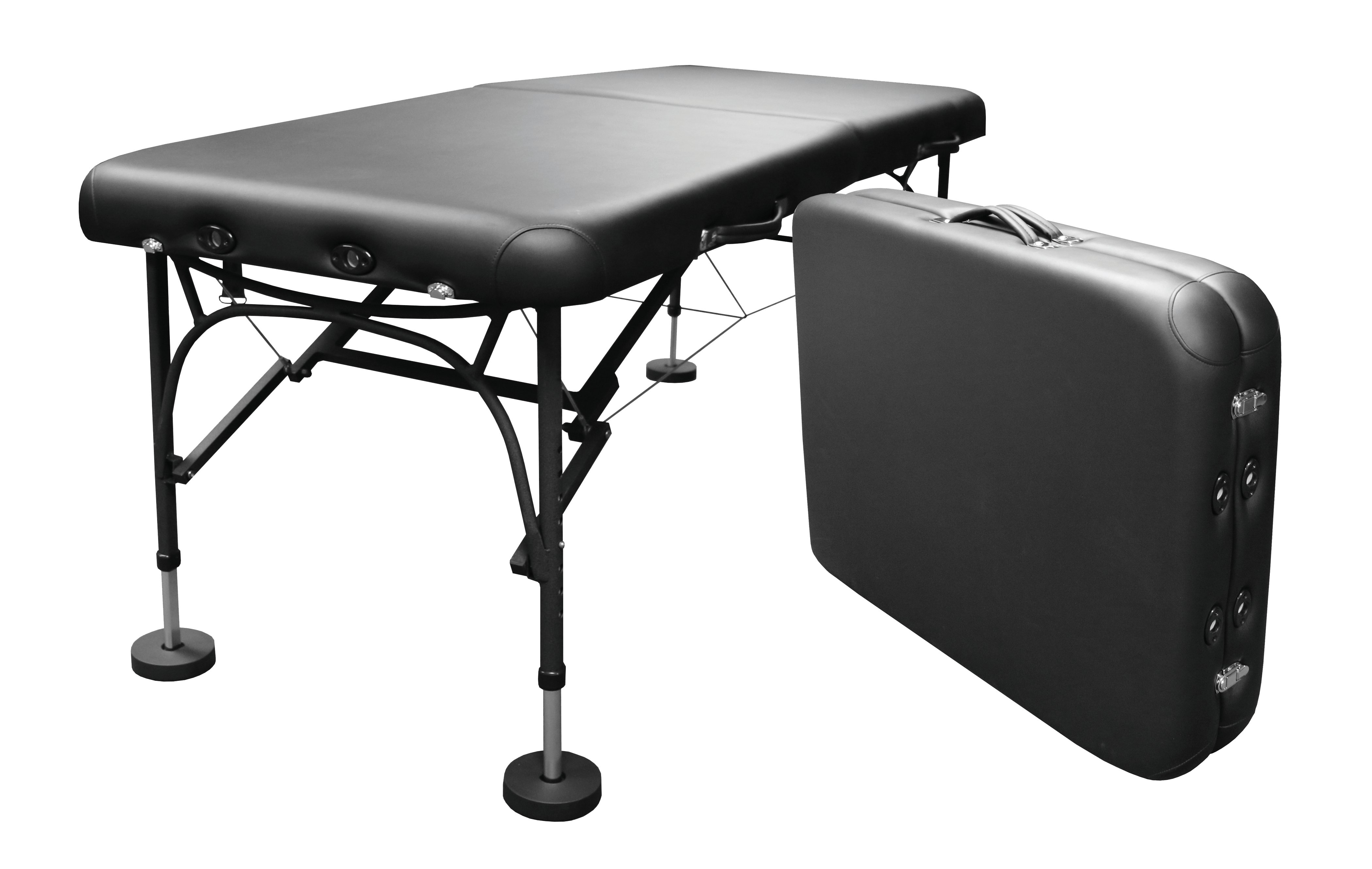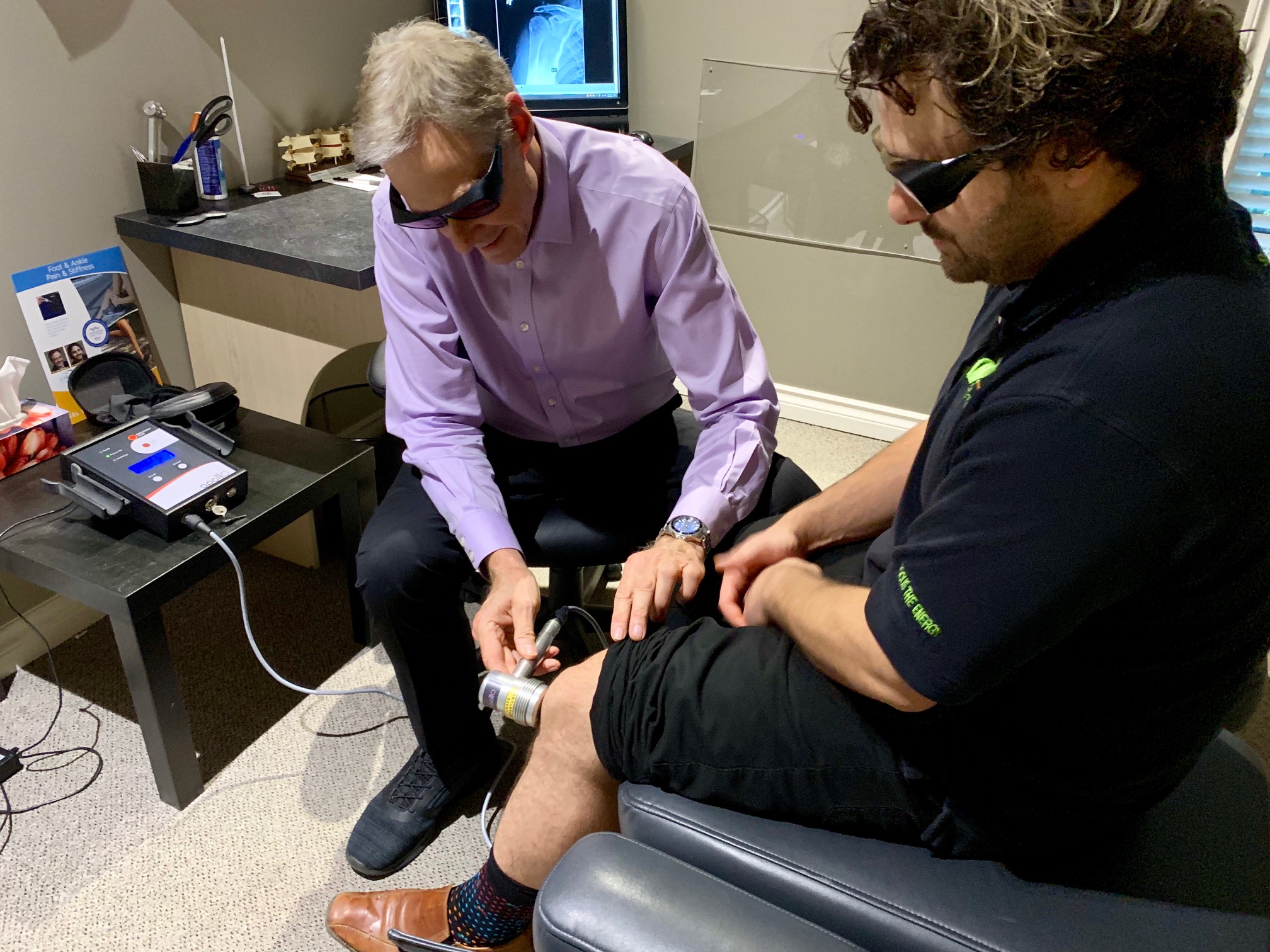Recover After a Big Race
'Tis the season: In many parts of the country, athletes are running in weekend 5Ks and marathons. But after all the training, are you devoting as much time to recovery after the big race? Estela Villanueva-Whitman of the Tallahassee Democrat shares this guide on how the right food, hydration, stretching, soft tissue mobilization and other tactics can help.
You’ve trained for weeks, maybe even months, to complete that 5K or marathon. So what’s the next step after crossing the finish line?
What you do after the race is just as important as the training ahead of time. Race recovery depends on a number of factors, including age, level of fitness and how well an athlete has prepared for an event, experts say. Proper nutrition and stretching following the activity can help keep you on the right track. Athletes should be well-nourished going into competition, said Jen DeWall, registered dietitian/nutritionist and owner of West Des Moines-based Nutrition in Motion. The first 30 minutes following a race are the most important in regaining nutrients lost during an event, she added.
“That’s when the enzymes in your muscles are working the best, the blood flow is the highest and you want to get in that recovery fuel,” she said.
Carbohydrates and protein, such as low-fat chocolate milk, nutrition bars, fruit or a recovery shake/smoothie can help athletes refuel. Drinking enough fluids before and during the competition is also essential to prevent dehydration.
“When that happens, your risk of injury goes up, your core temperature increases, so your cardiac output increases and you have a whole host of things that can happen,” she said.
For one, cognitive abilities decrease. That’s a big deal in sports when split-second decisions can be the difference between a win and a loss. Our bodies also fatigue easier and face inhibited aerobic endurance, DeWall added.
If they’ve stayed hydrated during the race, runners should sip sports drinks soon after finishing to replenish electrolytes, which help retain fluid. Potassium can be replaced through raisins and bananas and sodium through baked chips or pretzels.
Limited activity, paired with rest, is also recommended following competition.
Shane McClinton, physical therapist at Des Moines University Physical Therapy Clinic and associate professor of physical therapy at the school, explained that the stimulus of a major athletic event causes tissue to regenerate at the same time it is degenerating. The regeneration doesn’t start to take over the degeneration until about 36 hours, McClinton said.
“That first 24 to 48 hours, it’s important you don’t impose another really stressful event,” he said.
While the amount of activity depends on each athlete, light running is OK the first few days following a race. Other activities that work those same muscles to a lesser degree can also help. Cycling and walking are good alternatives.
McClinton noted that blood can pool if athletes don’t move or walk and may develop contractures in the muscles. That can turn into trigger points, a source of muscular pain, and limit the blood flow to the tissues that need it most.
“That’s why it’s important that you move, but also important to do some stretching right away, in that first 24 to 48 hours,” he said.
Des Moines University students provide physical therapy following several local races and members of the school’s Osteopathic Finish Line offer manual manipulative medicine. The goal is to restore the balance to the body with respect to the musculoskeletal system.
“When the body is positioned and moving efficiently, it’s going to perform better and recover better,” McClinton said.
Race recovery nutrition timeline
• Two hours before event: Two slices of whole-grain toast with almond butter, 1 cup fresh fruit, yogurt, 16 ounces water, coffee (low-glycemic carbs).
• 10 to 20 minutes prior to race: 8-10 ounces of water. (One sip equals one ounce.) May need extra carbs through gel or sports drinks.
• During the event: 6 to 9 ounces of water every 20 minutes. May need extra carbs through gel or sports drinks, depending on length of race.
• Post-race: Sips of fluid as tolerated. Within 30 minutes, consume high-glycemic carbohydrates — granola with added protein, an orange, smoothie, recovery shake, CLIF bar, turkey sandwich or banana with peanut butter. Continue hydrating 24 ounces of fluid per pound lost.
• Two hours later: Hamburger on a bun, baked chips, fresh fruit or cottage cheese and crackers.
Training tips
Stick to what you’ve been eating: “Don’t go into race day or competition day eating anything new, or even the day before, because you just don’t know how your body is going to react to it,” nutritionist Jen DeWall said.
Refuel with healthy choices: Focus on high-glycemic foods — simple carbohydrates such as fruits and bagels — and sports drinks that can be absorbed quickly. “Afterward you want to make sure your body can utilize that fuel very efficiently, very quickly, right away,” DeWall said.
Keep moving: When tissues are recovering, they need nutrients and blood flow. “You shouldn’t have to feel like you can’t move when you’re done. You certainly want to push yourself, but you want to be able to have a little bit of a cool down. Walk around, get on a bike. You can to some extent get a passive cool-down with a massage,” physical therapist Shane McClinton said.
Find time to rest: Rest promotes healing. Instead of celebrating all night, sleeping is the better option.
Taper before and after the race: Gradually resume workouts following an event. The biggest error athletes make is to do nothing for two to three weeks, McClinton said. Athletes should resume training based on their prior weekly training volume and the time it takes tissue to adapt.
Try soft tissue self-mobilization: Foam rollers, sticks and massage balls can help work out the kinks, but go easy the first few days. The exercises can be used every two to three days.
Stretch out your recovery: Stretching helps immediately following the race, but also for the next few days. Try a calf stretch using a slight incline, pressing hands against a wall. Or stretch by placing one foot on a chair, with your leg bent. Do three sets for 30 seconds, then switch legs, two to three times a day for the first few days for both exercises.
 View the soft tissue tools we have available or request more information about Fluid Motion Soft Tissue (FMST) Tools, designed to effectively and gently manipulate tissue over all surfaces of the body.
View the soft tissue tools we have available or request more information about Fluid Motion Soft Tissue (FMST) Tools, designed to effectively and gently manipulate tissue over all surfaces of the body.




.webp)


